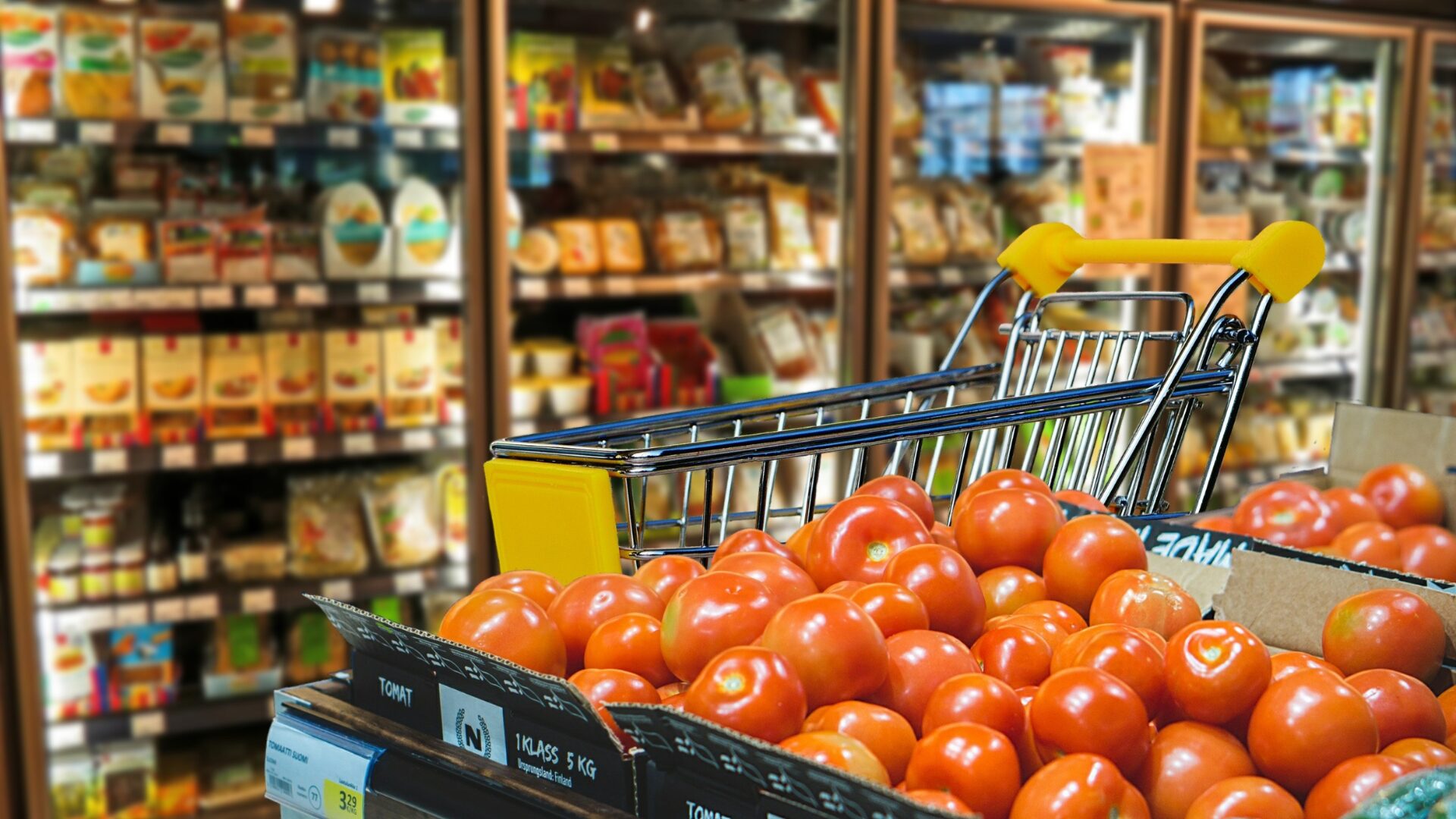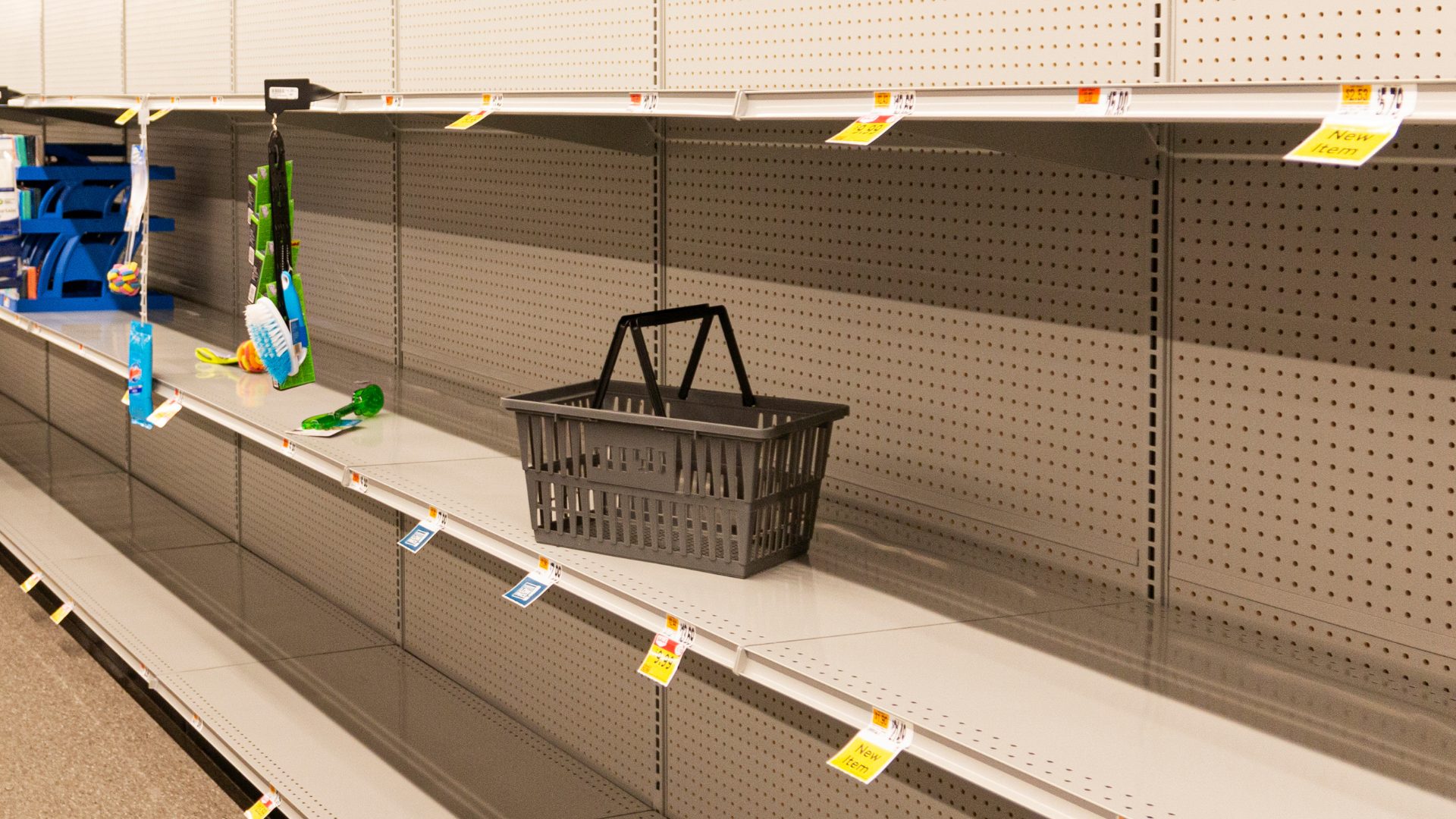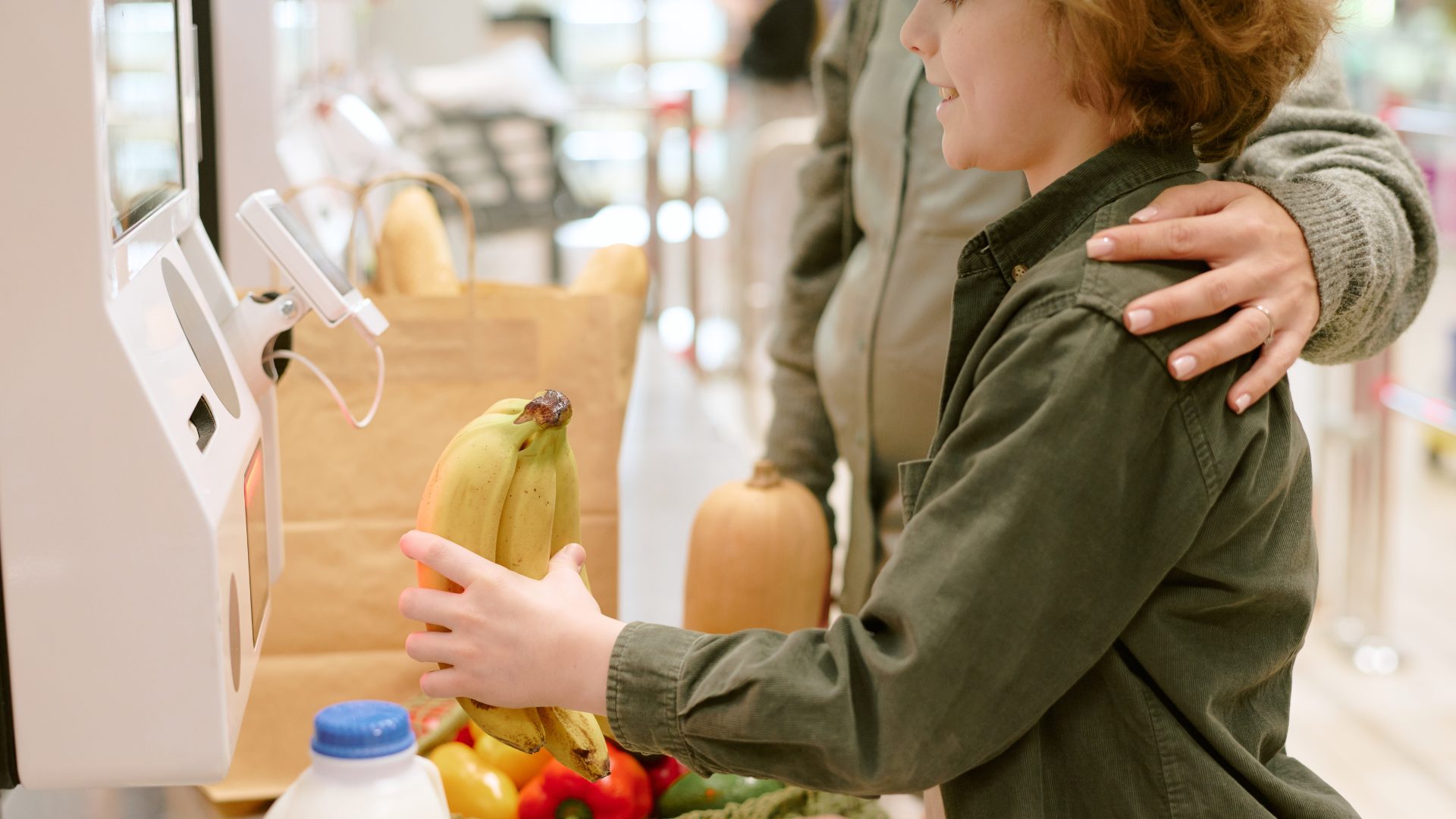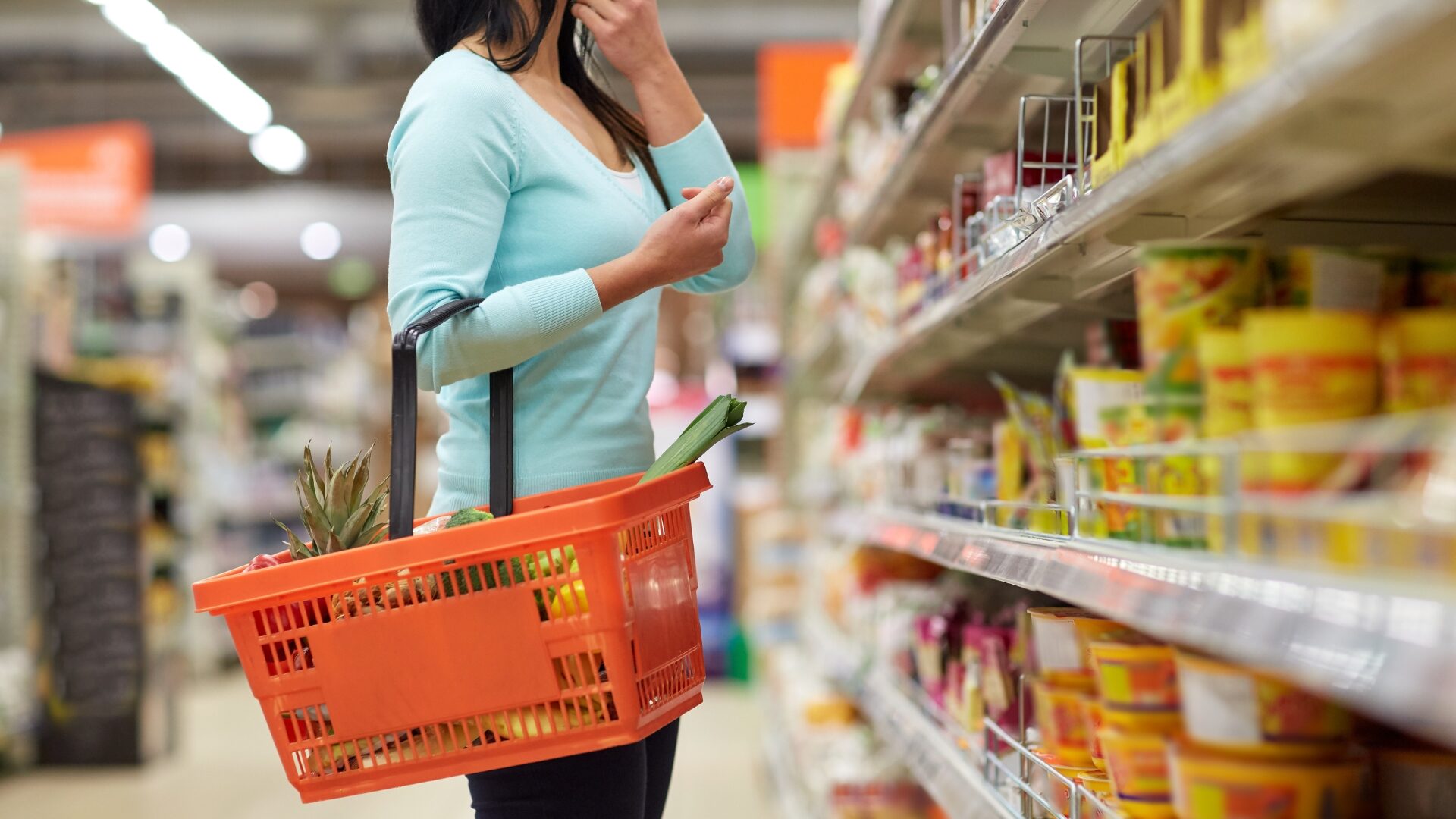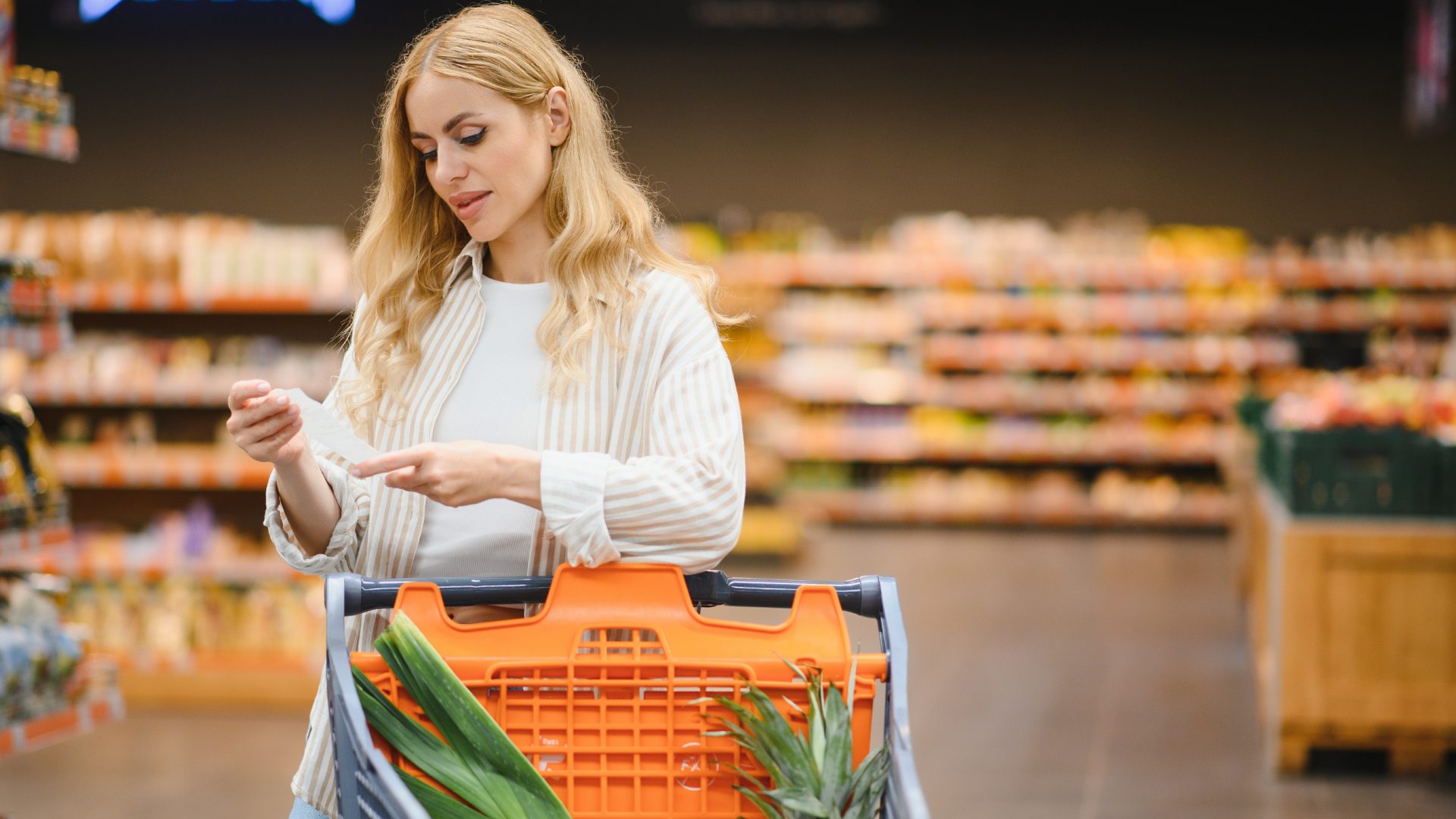A few weeks into the 90-day pause on many of the tariffs affecting key U.S. trading partners, the food and beverage industry is in a relative calm before the storm.
China, however, was excluded from the pause, meaning its tax currently sits at 145%, according to Politico.
As manufacturers and retailers brace for the fallout, many are padding their margins in anticipation of revenue cuts due to inflated inputs while also looking for cheaper, often domestic replacements wherever possible. Where businesses can’t slim down, consumers can expect to take on some of that burden.
The Food Institute recently covered a report revealing that a surprising 44% of companies plan to pass tariff costs to customers, with industry leaders such as Amazon CEO Andy Jassy noting that he expects prices to increase across CPG categories.
Let’s dive into what these tariffs mean for retailers and manufacturers.
Testing Retail Supply Chains
Despite modest retail sales growth, consumers and industry stakeholders are wary of the post-reciprocal tariff world, noted the National Retail Federation.
“Retailers have been bringing merchandise into the country for months in attempts to mitigate against rising tariffs, but that opportunity has come to an end with the imposition of the ‘reciprocal’ tariffs,” said NRF VP Jonathan Gold in a statement. Q1 accelerated imports, evidenced in the graphic below, illustrate this attempt.
“At this point, retailers are expected to pull back and rely on built-up inventories, at least long enough to see what will happen next.”
Consequently, monthly imports for May-August are projected to dramatically fall compared to 2024 numbers.
Similarly, the prices of several key commodities are projected to increase, including seafood, coffee, and bananas, according to CNET, which tapped Purdue University agricultural economics professor Russell Hillberry to understand the landscape.
“The things that [the U.S.] doesn’t produce at scale, especially fish and shrimp, are coming largely from Asia, India, Vietnam…” Hillberry said. “So those are going to be up 20-50% at the port and maybe a little bit less at the grocery store.”
This is true across several grocery categories and includes imports like rice and various spices.
The Manufacturer Dilemma
Many fruits, including avocados and berries from Mexico and Latin America, will also likely endure price increases, affecting retailers, foodservice, and manufacturers relying on these inputs.
The former commodity has accelerated Chipotle’s legacy struggle to diversify its avocado-sourcing strategies. A recent report from The Wall Street Journal found the chain has looked across the Americas and Caribbean for numerous years to satisfy its ever-growing demand.
“We essentially take every avocado from California that we can. We’re very proud of that. But obviously, there isn’t enough,” said Jack Hartung, Chipotle’s chief strategy officer.
Hartung acknowledged an issue many restaurants and manufacturers face: It isn’t always possible for businesses to shift to domestic alternatives. Some crops take decades to bear fruit, and U.S. geography isn’t ideal for many fresh fruits and vegetables.
The chain intends to shield customers from any price increases anticipated from its more costly international sourcing supply chains.
For other manufacturers, flexibility will be the key to staying in the green. A recent Manufacturing Dive webinar analyzed how McCormick & Co. was navigating the current economic environment.
“Every day, even in the last hour, we have some new news on tariffs and things that can interrupt our supply chain,” said VP of supply chain operations, Amy Haigler.
“Having agility in everything we do, in every operation and every formula, is the key for our manufacturing supply chain right now.”
Additionally, it is paramount to plan for any potential impacts on margins from tariffs.
Creating operational efficiencies in other areas via novel technologies and AI integrations can also help businesses mitigate import woes and high overhead costs; however, they require careful planning and execution.
FI recently explored how companies can leverage AI across CPG, retail, and foodservice to innovate while developing cost-saving opportunities. Read the free report here.
The Food Institute Podcast
It’s tariff time, and companies the world over are working to better understand how their operations will be impacted. Jodi Ader from RSM US LLP joined The Food Institute Podcast to discuss which products and inputs are currently subject to tariffs, and how to best mitigate supply chain risks.


